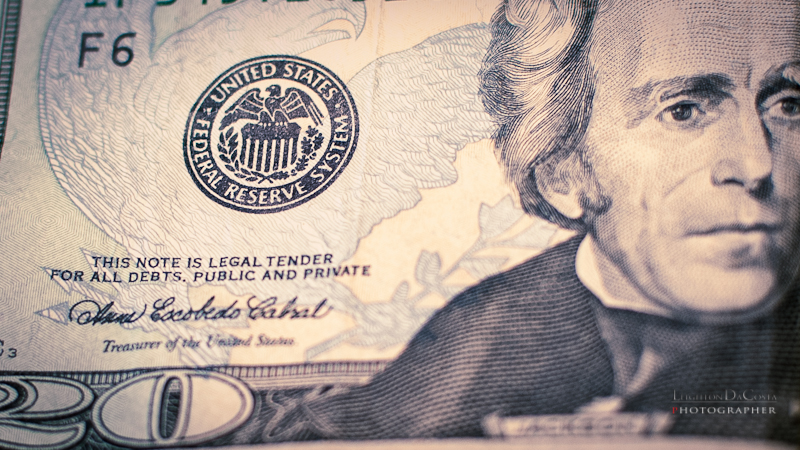Model Monday: Compensation
Sometimes I think that this area of the industry, as well in many service industries, is the most confusing. Not just for models, but for photographers, Makeup Artists (MUAs), Hair Stylists, Wardrobe stylists, and other artists in the industry may find this equally confusing. In many contract negotiations, a level of compensation must be reached for consideration to take place. For instance, in a collaborative or trade situation, the "usual" compensation would often be for an MUA to provide makeup in order to receive a certain amount of images from a photographer of a model. Or the photographer, in order to shoot a model, may provide images to the model in exchange for his/her time. Or a model, in order to get better images in the model's portfolio might shoot a theme for a hair stylist in exchange for those images. All of these instances involve an exchange of services without the exchange of money.
When money is involved, the level of compensation is often considered equivocal. Meaning that if a model normally charges $100 per hour, and now charges $50, often it is because that model will still receive some kind of alternate compensation; this could be prints, wardrobe, or something else of value. All of these things are negotiable, but it is in the best interest of all parties concerned to understand what is going on, and the process involved.
If you are a model, photographer, MUA, Hair Stylist, etc., and you are charging your contract or "for hire" rate, it should be set and understood, that is your rate with no further compensation. If I go into a Barber Shop and pay $20 for a haircut, when I leave, all business is final. The barber is not looking for the video footage of the news interview I am doing that night. Now, if the barber knows that I am going on the news, he may offer a discount in exchange for news footage from the interview.
I bring this up, because as of late, I have seen a lot of confusion with models starting out, and even "support" vendors newly venturing in the industry. I want there to be an understanding that EVERYTHING IS NEGOTIABLE, and that what is laid out here is not set in stone, but more so, quick drying cement.
When you charge your full rate for services, the understanding is that you are fully being compensated.
Meaning that photographer, MUA, vendor, etc. does not owe you anything further. If a model is getting $5,000 for a photo shoot, AND receives unpublished/printed images, it usually is a courtesy, not a requirement. If the model desires images from that shoot, the model will have to seek out what is called a "tear sheet" of that shoot. So called, because usually if you saw it in a magazine or publication, in order for you to have it in your book, you would have to TEAR IT OUT of the publication.
This all goes back to the business side of modeling. In order to do well at business, there is a need to research the business. One of the quickest ways to separate yourself from a field of good photographers and artists, are to start off by making "uncommon and rare" demands. The other day I was talking to a beautiful model, who's images overall in her portfolio, do not match her ability and potential. After doing some research, found out that her demands were very uncommon and rare. Not only a demand to see all images from her shoots, but to require a copy of all images whether used or not AND a joint ownership of copyright, whether she was being paid for the shoot or not. It then dawned on me that her portfolio reflected the level of photographer who would agree to such terms. Often the photographer who is just starting out and do not know or understand things such as Copyright Law, or the photographer who will release images that are not the photographer's best out to the public domain.
One final thing, when I say uncommon and rare, it does not mean that this never happens. Celebrities that are shot often require a transfer of image ownership with some type of license/usage issued to the photographer or other participants. In those cases, the photographer and other participants are compensated for THEIR lack of ability to use images and usage. So while the terms themselves might be different, the end result of being compensated remains.
I recommend for all parties that are involved within the fashion and beauty industry to study the subject of compensation and deal with advisors who are familiar with the industry. This is not meant to be legal advice, but more so educational. There are lawyers out there who solely work in the fashion, beauty, and entertainment industry, who will often achieve terms in your best interest while maintaining a good working environment. Seek those sources out. The one thing that you don't want to stop your career, whether in front of the camera or behind it, is developing the reputation of being someone that others cannot work with.
